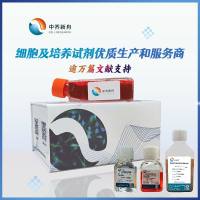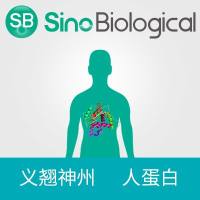Site-Directed Mutagenesis by Inverse PCR
互联网
773
Site-directed mutagenesis has revolutionized the study of protein structure and function by enabling the controlled and systematic production of mutant proteins. Early methods of site-directed mutagenesis involved the use of a mutated oligonucleotide primer to prime synthesis of a target single-stranded DNA template. These approaches were very inefficient, yielding success rates of 1–5% (1 ). A dramatic improvement in the efficiency of generating mutations resulted from the use of single-stranded, uracil-containing DNA molecules isolated from ung − dut− Escherichia coli strains (see Chapter 3 ). Again, the mutation is introduced in a mutated oligonucleotide primer. Selection against the wild-type sequence parent DNA occurs on transformation into wild-type E. coli . Mutagenesis by this method was relatively efficient, with rates of 15–35%, but required a number of subcloning steps involving single-stranded M13 phage clones (2 ). It was only following the development of the polymerase chain reaction (PCR) that the two concepts were combined, dramatically improving the efficiency of the whole procedure.









